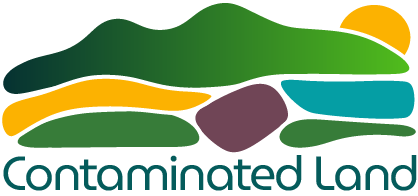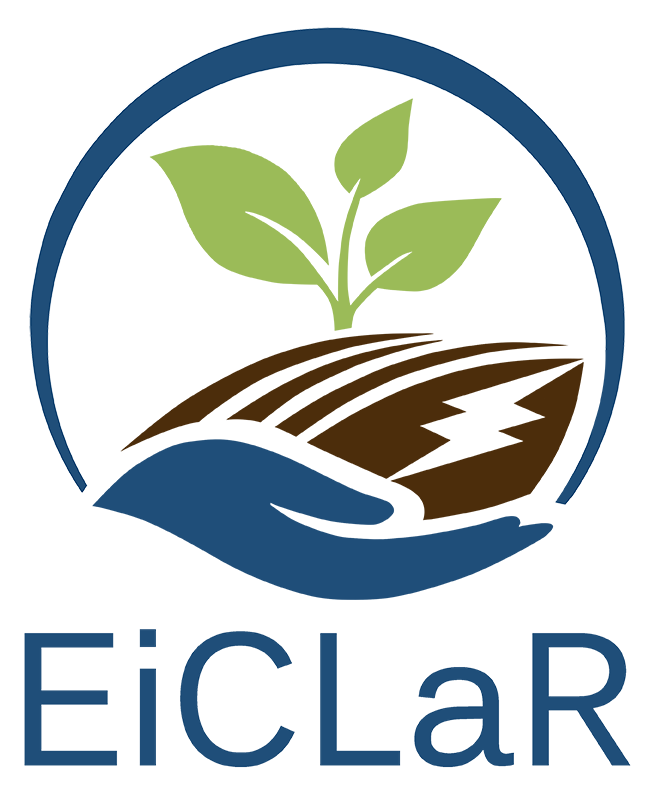Soil washing is an ex situ remediation technique that relies on physical separation processes—primarily based on size and density—to remove contaminants from soil. Occasionally, chemical processes such as the use of surfactants or acid leaching are also incorporated. Soil washing is particularly effective where contaminants are associated with the finer fractions of soil, such as silt, clay, or organic matter. The method involves forming a slurry by mixing soil with water and applying mechanical agitation to break up aggregates. The resulting mixture is then processed using equipment like hydrocyclones, wet screens, and density separators to isolate contaminated particles from clean fractions.
This technique can be customised through various separation methods, including froth flotation and magnetic separation, to suit different soil types and contamination profiles. A major advantage of soil washing is its ability to significantly reduce the volume of contaminated soil requiring off-site disposal. The process typically yields reusable fractions such as gravel and sand, while finer fractions and floating materials may still require treatment or disposal. Contaminated water generated in the process is treated and often reused within the system, contributing to resource efficiency.
Despite its benefits, soil washing comes with notable drawbacks. It is most suitable for soils with less than 25% fines content and is ineffective for soils dominated by silts or clays. The process is resource-intensive, requiring substantial water, energy, and operational space. Fugitive emissions of volatile organic compounds (VOCs), noise, and odour can also pose environmental and regulatory challenges. Additionally, the contaminants are not destroyed but concentrated into smaller volumes that still require management, making the technique more of a source control measure than a complete decontamination solution.
In practice, soil washing is generally preceded by treatability studies to determine its feasibility for specific sites and to guide the design of the full-scale system. It can be implemented in fixed treatment facilities or temporary hubs serving multiple sites. The method is effective for a broad range of pollutants, including VOCs, PAHs, PCBs, PFAS, and heavy metals. Its integration into wider remediation strategies is often beneficial, enabling subsequent or complementary treatment approaches. However, the high operational demands and potential environmental nuisances must be carefully managed to ensure the process remains both effective and sustainable.


